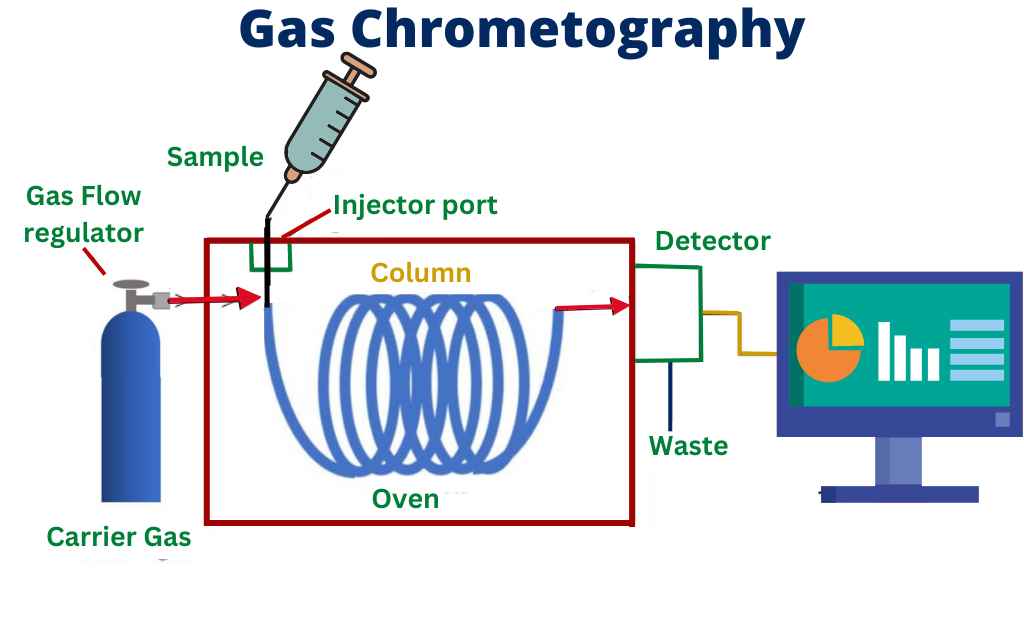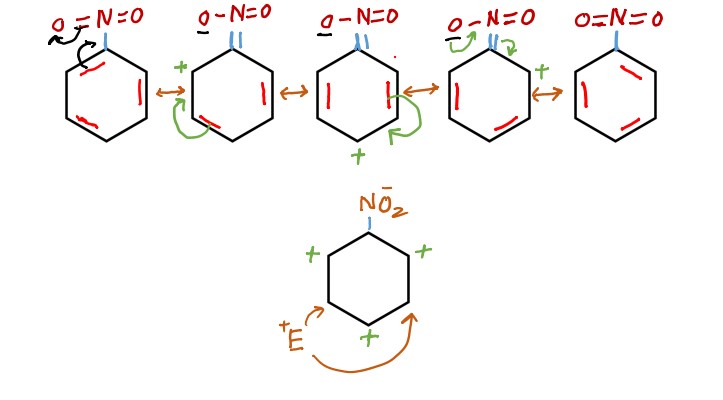10 Examples of Mixtures that Can be Separated by Chromatography
Chromatography is a powerful separation technique that is widely used in a variety of fields, including chemistry, biochemistry, pharmaceuticals, and forensics. A chromatography method for separating mixtures into their individual components. In this method, a mixture is separated into its different components based on their different interactions with a stationary phase and mobile phase. These … Read more

